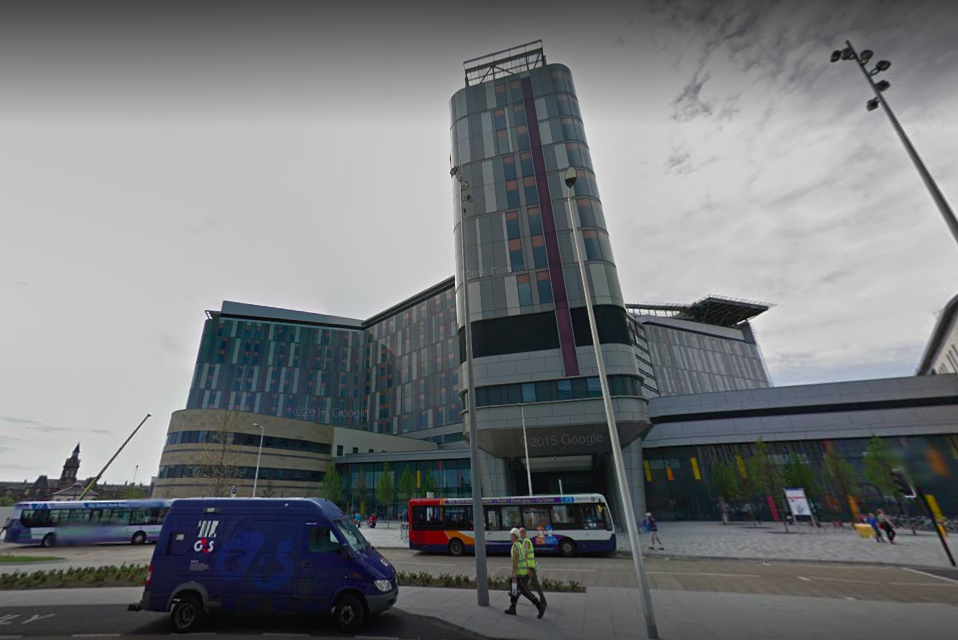
AN independent review into the Queen Elizabeth University Hospital (QEUH) in Glasgow has found that the hospital now offers a ‘high quality’ healthcare setting, but the initial design of the building didn’t ‘adequately take into account’ the needs of some vulnerable patients.
The review was commissioned by Scottish health secretary, Jeane Freeman, after patients at the hospital contracted severe infections linked to issues with water quality and ventilation systems. The independent review team found that patients, staff and visitors with compromised immune systems were exposed to risks which could have been lower if the correct design, build and commissioning had taken place.
The team, led by Dr Andrew Fraser and Dr Brian Montgomery, found that the QUEH project would have benefited from ‘greater external expertise and greater uptake of internally available expertise to support decision making on water and air ventilation systems at key points in the design, build and commissioning phases’.
The report continued by stating that some of the difficulties encountered with water and ventilation systems were the result of ‘ambiguity’ concerning the status and interpretation of guidance.
It added that the level of independent scrutiny and assurance throughout the design, build and commissioning phases was ‘not sufficient’. The report read, “Governance of the project during design, build, commissioning and maintenance did not adequately take account of the scale and complexity, and specialist nature of the building project. There were deficiencies in the quality and availability of management and technical information relating to the QEUH project, especially relating to the build and commissioning stages. This constrained the Review and continues to hamper effective running of the QEUH/RHC building.
“Communication about QEUH and its problems since opening has been variable ranging from appropriate and effective in relation to clinical communication with patients and families, to inadequate and reactive in relation to external communication about serious problems with the building and possible links to infectious disease events.”
Dr Fraser said, “While the hospital provides a safe healthcare environment for patients, staff and visitors, as the Review progressed our findings caused us to focus on those clinical places caring for children and adults with cancers including leukaemias. These specific groups have been exposed to risk that could have been lower if the correct design, build and commissioning had taken place.
“The series of problems and influences that we have identified through the phases of the QEUH project has disrupted treatment for defined groups of patients, meant additional workload for Infection Prevention and Control teams, many clinical groups and hospital management, and diverted resources and attention from the running of this large andcomplex facility.”
Jeane Freeman said, “The patients and families most affected by the issues raised in the report will be understandably concerned and distressed by some of the findings of the Independent Review. I have been clear that those who have been affected deserve answers to the many questions they are entitled to ask – and this review is an important step in delivering that. The report provides a wealth of information for the forthcoming Public Inquiry into the construction of the QEUH and the Royal Hospital for Children and Young People in Edinburgh for which the Remit and Terms of Reference have now been published.
“In addition to the Public Inquiry, an Oversight Board, led by Scotland’s Chief Nursing Officer Fiona McQueen, will report on infection prevention and control practices at the hospital. We also await the results of a case note review of all recorded Gram-negative bloodstream infections in children who received haemato-oncology treatment from the opening of the Royal Hospital for Children in Glasgow until the start of this year. This team is also considering whether these children were put at risk because of the physical environment in which they were cared for.”








